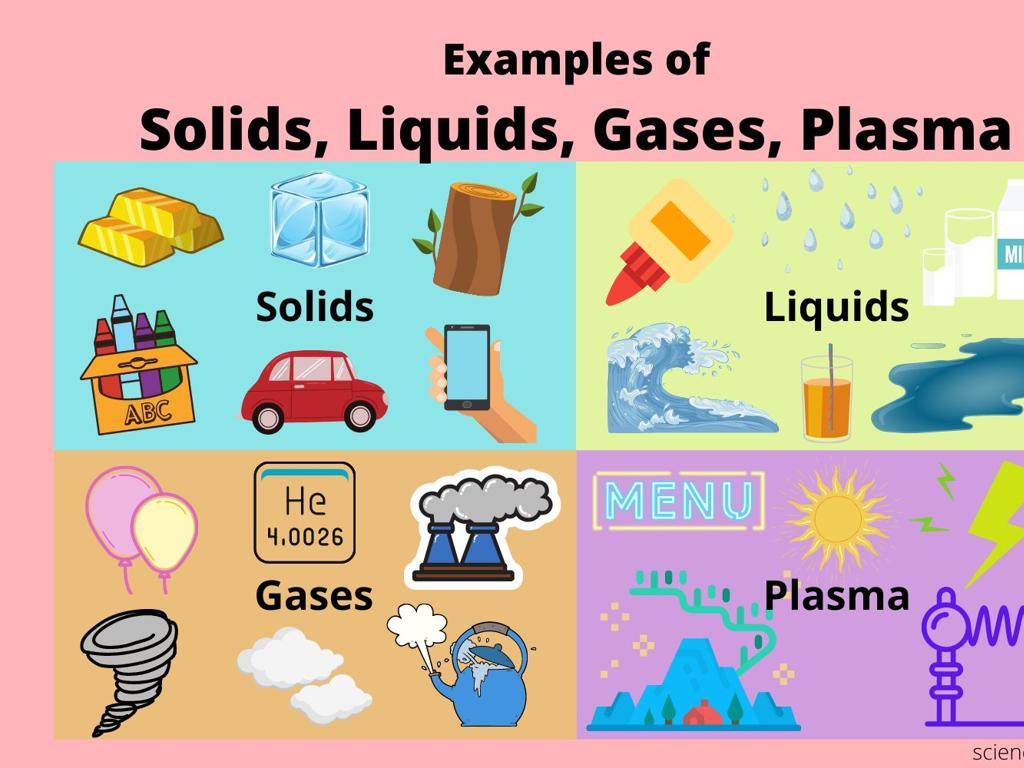Explore Air Masses
Subject: Science
Grade: Eighth grade
Topic: Weather And Climate
Please LOG IN to download the presentation. Access is available to registered users only.
View More Content
Exploring Air Masses
– What is an air mass?
– A large body of air with uniform temperature and humidity
– Types of air masses
– Tropical, Polar, Maritime, and Continental
– Characteristics of air masses
– Temperature and humidity define an air mass’s stability
– Impact on weather and climate
|
This slide introduces the concept of air masses and their significance in the study of weather and climate. An air mass is a large volume of air that has consistent temperature and moisture levels throughout. There are various types of air masses, categorized based on their source regions: Tropical (warm) or Polar (cold), and Maritime (wet) or Continental (dry). The characteristics of an air mass, such as its temperature and humidity, determine its stability and the weather it will bring to an area. Understanding air masses is crucial for predicting weather patterns and climate variations. Encourage students to think about how different air masses might affect their local weather and to be prepared to discuss this in the next class.
Exploring Air Masses in Weather Patterns
– Weather and Climate: Understanding the Difference
Weather is day-to-day atmospheric conditions, while climate is long-term patterns.
– Factors Influencing Weather
Temperature, humidity, wind, and pressure are key factors.
– Air Masses: Definition and Significance
Large bodies of air with uniform temperature and humidity characteristics.
– How Air Masses Affect Weather
Air masses can bring heat waves, cold spells, or storms depending on their type.
|
This slide introduces the concept of weather and how it differs from climate, setting the stage for a deeper dive into the factors that influence weather patterns. Emphasize the distinction between the daily variability of weather and the long-term trends of climate. Discuss the primary factors that affect weather conditions, including temperature, humidity, wind, and atmospheric pressure. Introduce air masses as large volumes of air that have consistent properties, and explain how they interact with landforms and other air masses to create the diverse weather phenomena we experience. Provide examples of different types of air masses, such as maritime or continental, and how they can influence local weather patterns, leading to a variety of conditions like heat waves or storms.
Exploring Air Masses
– Definition of air masses
– Large bodies of air with uniform temperature and humidity
– Characteristics of air masses
– They have specific moisture and temperature based on their source region
– Formation of air masses
– Created by the Earth’s surface heating and cooling patterns
|
An air mass is a large body of air that has consistent temperature and moisture levels throughout. It’s important for students to understand that the characteristics of an air mass are largely determined by the region over which it forms, known as the source region. For example, air masses that form over oceans (maritime) have high moisture content, while those that form over land (continental) are drier. The formation process involves the Earth’s surface features influencing the air above; for instance, polar regions cool the air to create cold air masses, while tropical regions warm the air to create warm air masses. This slide will set the foundation for understanding how air masses affect weather patterns and climate.
Exploring Types of Air Masses
– Tropical vs. Polar Air Masses
– Tropical are warm, Polar are cold
– Maritime vs. Continental Air Masses
– Maritime are moist, Continental are dry
– Characteristics of each type
– Tropical: warm & humid, Polar: cold & stable, Maritime: wet & unstable, Continental: dry & stable
– Real-world examples
– Tropical: Hawaii’s climate, Polar: Arctic chill, Maritime: Fog in San Francisco, Continental: Dry deserts of Arizona
|
This slide introduces students to the concept of air masses and their classifications. Air masses are large bodies of air with uniform temperature and humidity characteristics. They are classified by their source region’s latitude (tropical or polar) and by the surface over which they form (maritime or continental). Tropical air masses are warm as they originate near the equator, while polar air masses are cold, coming from the poles. Maritime air masses form over water and are humid, whereas continental air masses form over land and are dry. Provide examples such as the warm, humid air experienced in Hawaii (tropical maritime) or the cold, stable conditions in the Arctic (polar continental). Discuss how these air masses can affect the weather patterns we experience. Encourage students to think of local weather phenomena and consider what type of air mass might be influencing it.
Air Masses and Weather Patterns
– Air masses impact local weather
– Large bodies of air define weather conditions based on their source region’s temperature and humidity.
– Fronts: the battleground of air masses
– Fronts form where two different air masses meet, causing weather events like storms and changes in temperature.
– Predicting weather with air masses
– Meteorologists use the movement and interaction of air masses to forecast weather patterns and potential storms.
|
This slide introduces students to the concept of air masses and their significant role in determining local weather patterns. An air mass is a large body of air with uniform temperature and humidity characteristics that it acquires over its source region. When air masses move and meet, they form fronts, leading to various weather conditions such as storms, clear skies, or temperature changes. Understanding how air masses interact helps meteorologists predict weather, which is crucial for preparing for severe weather events and daily weather forecasting. Encourage students to think about how the weather changes they experience might be the result of moving air masses and fronts.
Case Study: Analyzing a Weather Map
– Identify air masses on the map
– Look for color-coded areas indicating different air masses
– Discuss weather per air mass
– Each air mass brings distinct weather, like cold or warm fronts
– Predict regional weather
– Use air mass locations to forecast local weather conditions
– Understand air mass influence
|
This slide is aimed at teaching students how to analyze weather maps and understand the concept of air masses. Students should learn to identify various air masses on a map, often indicated by different colors or patterns. Discuss how each air mass is characterized by its unique temperature and humidity, which affects the weather it brings, such as cold, dry, or warm, moist conditions. Encourage students to use this information to make predictions about the weather in different regions, considering the movement and interaction of air masses. This exercise will enhance their understanding of meteorology and the factors that influence weather patterns.
Activity: Create Your Own Weather Forecast
– Use the weather map template
– A template will be provided to help you start.
– Predict weather with air mass knowledge
– Consider temperature, humidity, and pressure differences in air masses to make predictions.
– Present your forecast to the class
– Share your weather forecast and explain your reasoning.
|
This class activity is designed to apply students’ understanding of air masses and their impact on weather. Provide each student with a weather map template that includes different air masses. Students will use their knowledge of the characteristics of air masses, such as temperature and humidity, to predict the weather in various regions on the map. They should consider how air masses interact, such as warm air meeting cold air, to forecast weather events like rain or clear skies. After creating their forecasts, students will present to the class, explaining the science behind their predictions. This activity will reinforce their learning and enhance their public speaking skills. Possible variations of the activity could include group work, focusing on different regions, or comparing predictions to actual weather outcomes.
Conclusion: Air Masses & Weather Patterns
– Recap of air mass characteristics
– Impact of air masses on weather
– Air masses influence temperature, humidity, and precipitation.
– Significance of weather pattern knowledge
– Grasping these concepts aids in predicting weather and preparing for it.
– Engage in Q&A session
– Ask questions to clarify understanding or explore further.
|
This slide aims to summarize the key points about air masses and their effects on weather. Review the characteristics of different air masses, such as maritime or continental, and warm or cold. Discuss how these air masses can affect local weather conditions, including temperature changes, precipitation, and storm formation. Emphasize the importance of understanding these patterns for weather forecasting and the broader implications for climate study. Conclude with a Q&A session to address any uncertainties and to encourage students to think critically about the material covered.






